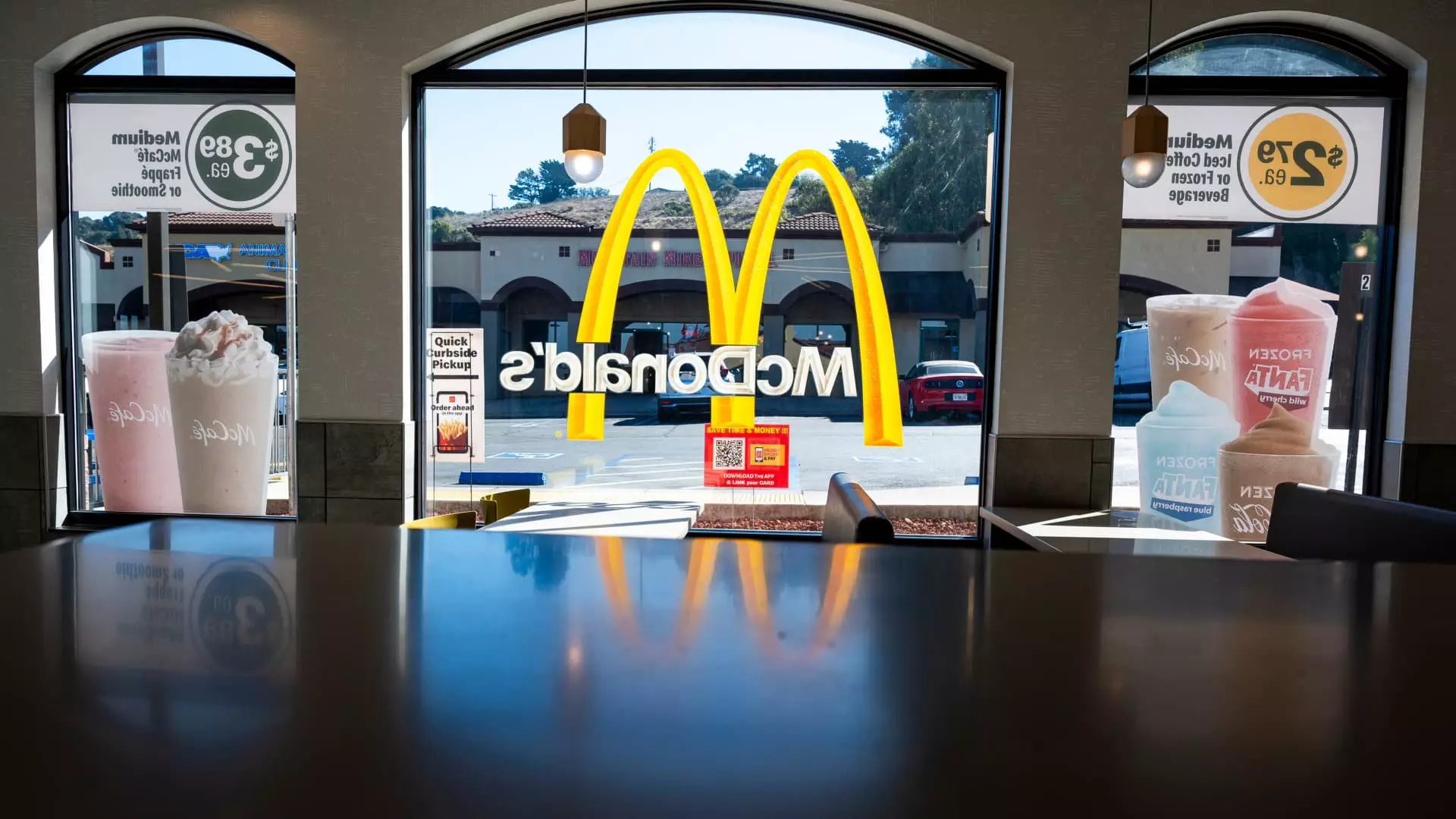The restaurant industry has seen tumultuous times recently, especially in 2024, where the combined effects of economic inflation, shifts in consumer behavior, and intense competition led to a wave of challenges that left many eateries struggling to stay afloat. Executives in the restaurant sector are now pinning their hopes on 2025 as a year of renewal and better fortunes. However, while optimism simmers, a sound examination of industry trends and inherent challenges reveals a complex landscape for future growth.
The restaurant sector has encountered extraordinary headwinds lately, with the number of bankruptcy filings soaring by over 50% in 2024 compared to the previous year. Data from industry insights firm Black Box Intelligence indicates that traffic to established restaurants has consistently declined, depicting a stark reality for many chains. Even some franchise giants like McDonald’s and Starbucks have failed to meet investor expectations, leading to sales downturns that have tested their resilience.
The dissatisfaction expressed by industry leaders, such as Kate Jaspon, CFO of Dunkin’ parent Inspire Brands, underscores the urgency to transition from the dismal events of 2024. Executives are eager to turn the page and foster a hopeful narrative for 2025, even as the past year stands as a reminder of how quickly fortunes can shift in the restaurant domain.
Despite the dark clouds hanging over the restaurant landscape, there are signs of recovery beginning to emerge. Recent data from Revenue Management Solutions indicates an uptick of 2.8% in traffic to fast-food restaurants in October 2024 when compared to the same month in the previous year. This slight recovery hints that customers may still be inclined to dine out, albeit cautiously.
Additionally, the recent reduction in interest rates could catalyze growth in the restaurant sector. With the Federal Reserve’s decision to cut rates, financing for new locations has become more accessible. This strategic pivot towards expansion can foster a renewed sense of optimism within the industry. Shake Shack’s CFO, Katie Fogertey, highlights how lower interest rates can influence consumer confidence and spending patterns, reinforcing the psychological effects the market can have on dining behaviors.
The allure of initial public offerings (IPOs) is returning to the forefront of industry discussions. With several entities preparing for potential IPOs in 2025, hopes are rising for a rejuvenation of the market following the successful launch of Mediterranean chain Cava in mid-2023. While Cava’s stock has skyrocketed, other notable entities, such as Panera Bread, are still waiting in the wings for favorable conditions to make their public debut.
However, the anticipated return of IPOs will depend significantly on the overarching health of the restaurant sector, which remains under scrutiny. The words of Piper Sandler’s managing director, Damon Chandik, reflect caution: the pathway to successful IPOs may be riddled with challenges that require restaurants to adapt and innovate continually.
Unquestionably, the competitive landscape for restaurants is fierce, and the advent of “value wars” adds another layer of complexity. Chains such as McDonald’s are doubling down on their value offerings, which could pressure the margins of other establishments competing for consumer attention. This race to deliver attractive pricing may leave those brands that do not engage in discounting to struggle.
In the case of Portillo’s, for instance, falling same-store sales present a pressing concern. Their choice to forgo certain discount strategies could highlight the necessity of striking a balance between maintaining brand integrity and catering to price-sensitive consumers. The ongoing pressures from economic factors, such as inflation, may hinder consumer spending capabilities, potentially impeding broader recovery efforts within the industry.
While optimism for 2025 appears justified, the road ahead for the restaurant industry is fraught with uncertainty. Leaders must navigate through a landscape shaped by previous turbulence, current competitive pressures, and the fluctuating psyche of consumers. Future recovery will require strategic efforts focused on innovation, financial management, and effective customer engagement to stand out in a crowded marketplace. As various restaurant chains prepare for the next chapter, the industry awaits the unfolding story of resilience and adaptation that could shape its trajectory for years to come.

